Renovating your home can be an exciting project, but it often comes with unexpected surprises. Even the most well-planned renovation can uncover hidden issues that lead to higher costs than expected. Whether it’s structural problems, outdated systems, or unforeseen delays, these factors can quickly inflate your budget. Understanding the warning signs ahead of time can help you avoid unpleasant financial surprises.
Hidden Structural Damage
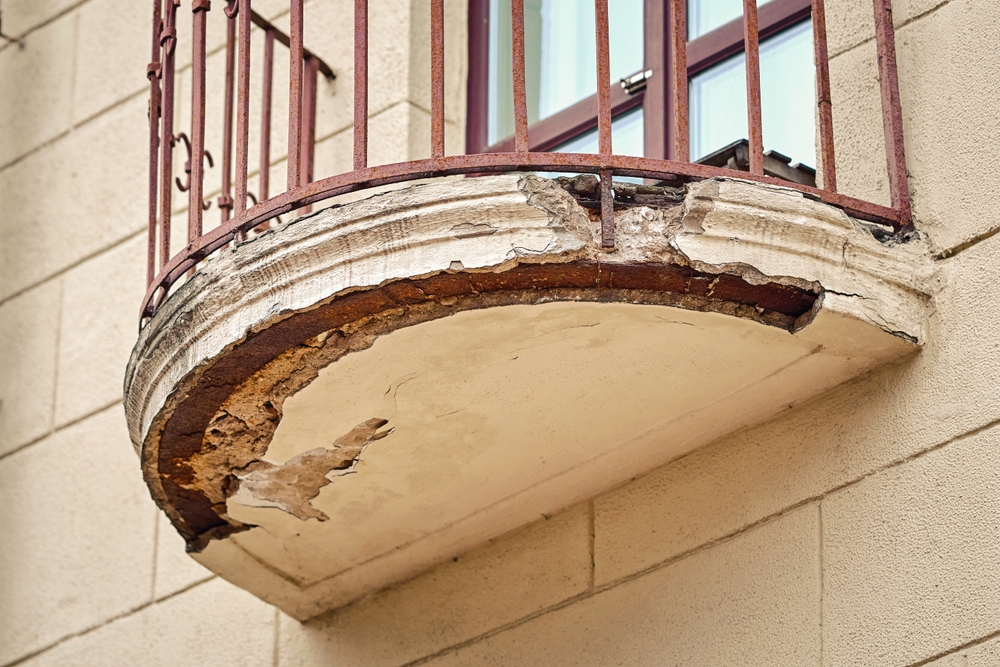
One of the most common surprises during a renovation is discovering hidden structural damage. Issues like rotting beams, foundation cracks, or termite infestations often remain concealed until walls are opened or flooring is removed. Repairing these problems can be costly and time-consuming, as it usually requires expert intervention and specialized materials. This unexpected work can cause delays and increase labor costs, ultimately expanding your original budget.
Outdated Electrical Systems
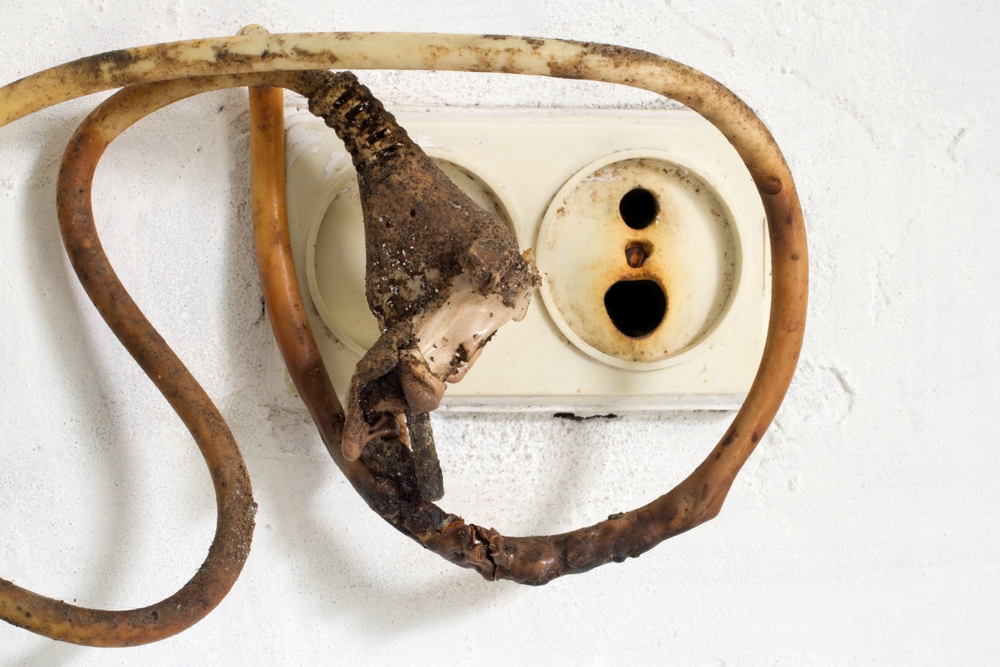
Older homes often contain outdated electrical systems that are not equipped to handle modern energy demands. If your renovation involves opening walls or adding appliances, you may discover old wiring that needs to be replaced. Upgrading to meet current building codes or installing new circuits and outlets can lead to higher material and labor costs, especially if the entire system needs an overhaul.
Plumbing Issues

Renovations that involve kitchens, bathrooms, or laundry rooms may reveal outdated or damaged plumbing. Galvanized steel pipes, common in older homes, can be corroded or clogged, leading to leaks or weak water pressure. Replacing these pipes with modern materials like copper or PEX can add significant expenses to your project, particularly if walls need to be torn down to access the plumbing system.
Asbestos and Lead Paint
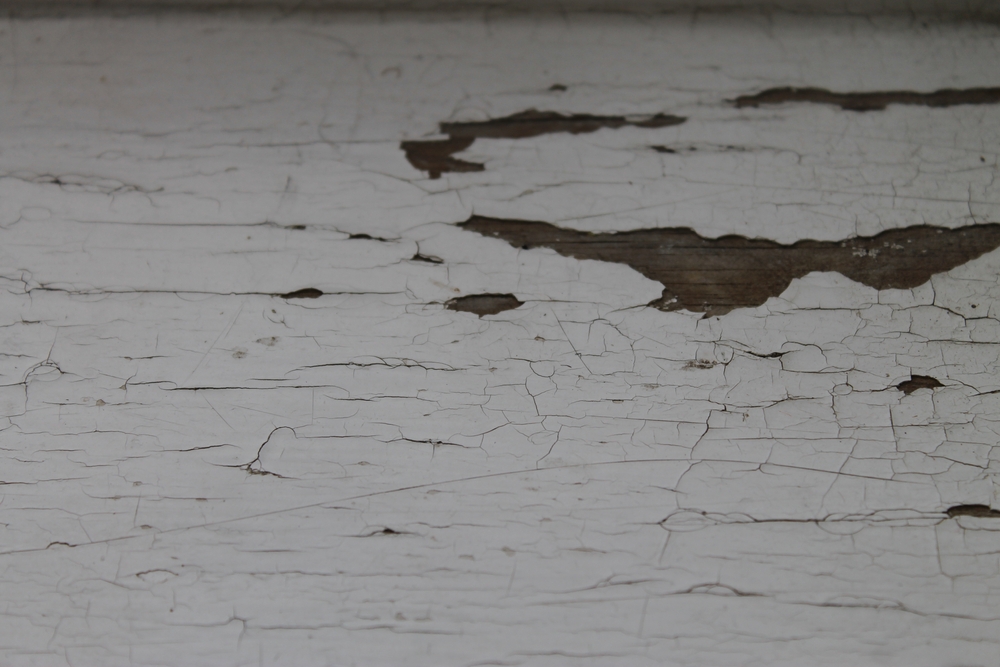
Homes built before the 1980s often contain hazardous materials such as asbestos and lead paint. If these materials are disturbed during demolition or construction, special removal procedures are required to ensure safety. Hiring licensed professionals to remove or encapsulate these substances can be expensive, and failure to do so can lead to health risks and legal liabilities, further increasing your renovation costs.
Unforeseen Building Code Updates
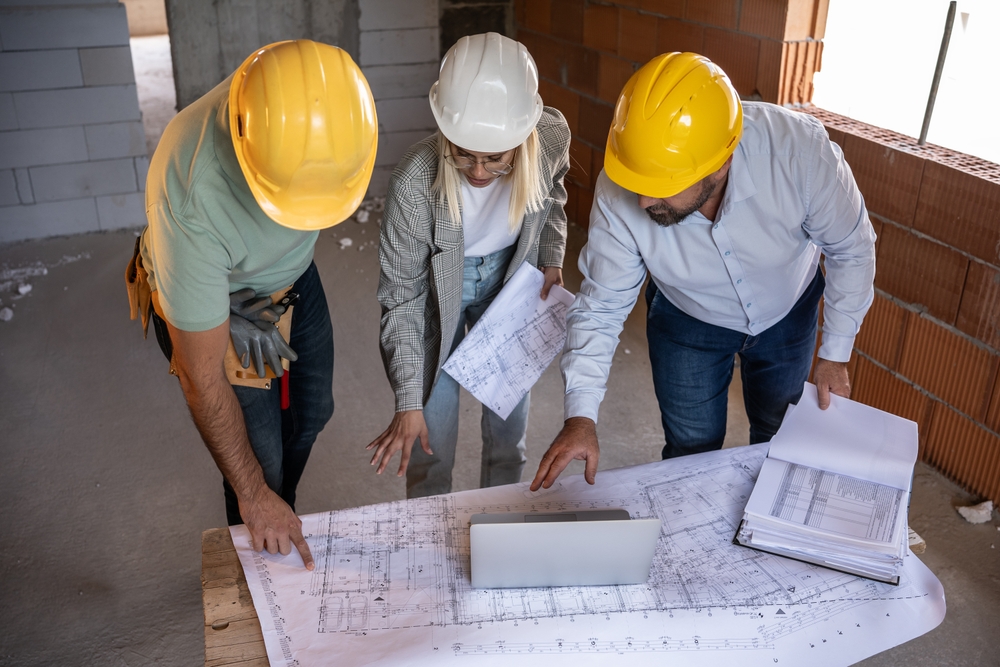
Local building codes may have changed since your home was originally constructed. During renovations, inspectors might discover areas of your home that no longer meet current regulations, such as insufficient insulation, improper venting, or inadequate fire safety measures. Bringing your home up to code can involve additional labor, new materials, and sometimes even redoing portions of the work that were already completed, inflating your project budget.
Poorly Done Previous Renovations
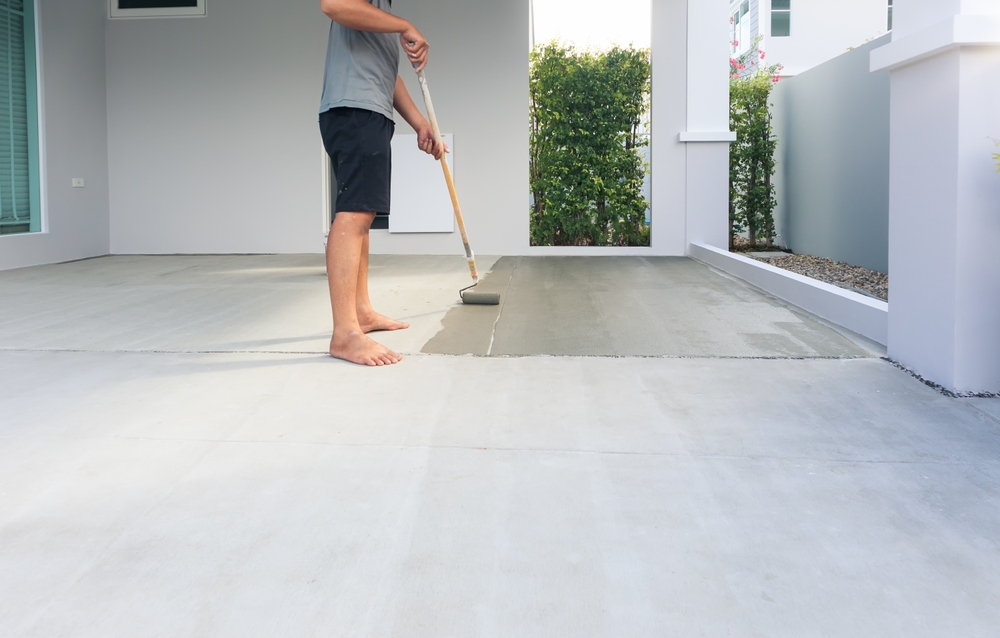
If your home has been renovated before, there’s always a chance the previous work wasn’t done correctly. Substandard electrical, plumbing, or structural work may need to be torn out and redone to meet current standards. Fixing shoddy workmanship can significantly increase your costs, as you’ll need to correct past mistakes in addition to completing the planned updates.
Mold and Water Damage
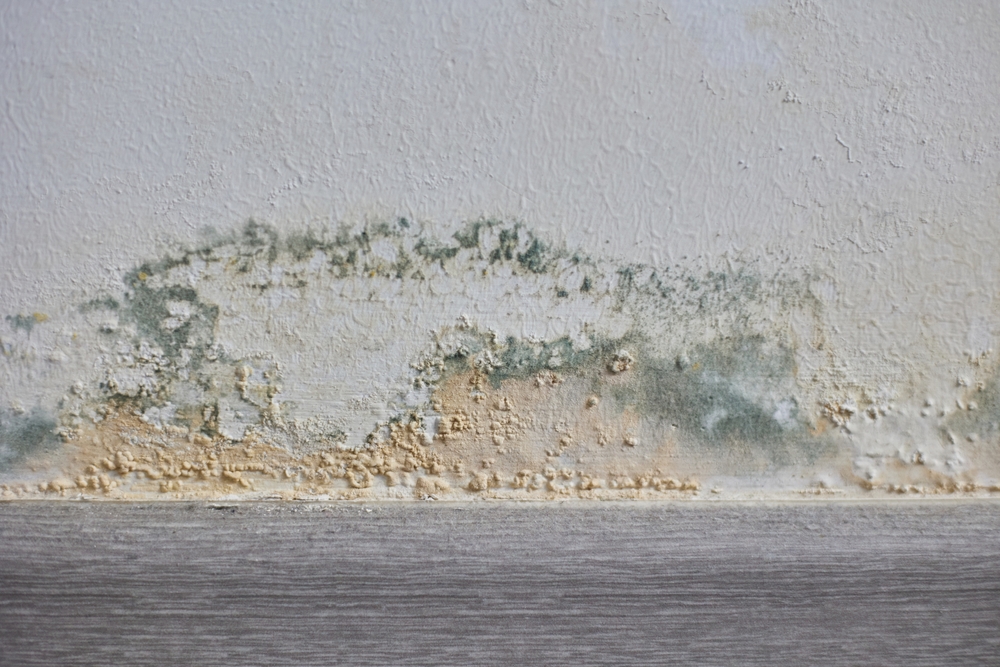
Mold growth or water damage may not be visible until demolition begins, but these issues can dramatically increase renovation costs. Water-damaged materials like drywall or wood may need to be replaced, and mold remediation can involve specialized cleaning and treatment. If the source of moisture is ongoing, such as a leaky roof or plumbing, those problems will need to be fixed before any renovation work can continue.
Foundation Problems
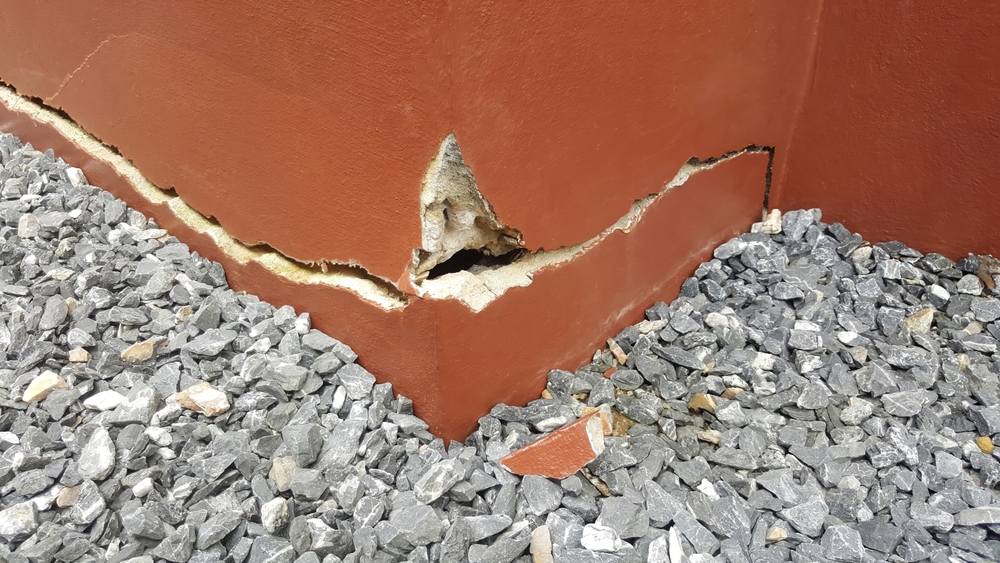
A cracked or unstable foundation can be one of the most expensive renovation surprises. Whether caused by soil movement, improper drainage, or poor initial construction, foundation repairs can require major structural interventions like piering, slab jacking, or underpinning. Addressing foundation issues can delay your renovation timeline and require a substantial portion of your budget.
Pest Infestations

During renovations, opening up walls or floors can sometimes reveal pest infestations like termites, rodents, or carpenter ants. Pest control treatments can be costly, and damage caused by the pests, such as chewed wires, structural weakening, or ruined insulation, may require additional repairs. If the infestation is extensive, it could take weeks or months to resolve, further delaying your renovation schedule.
Unreliable Contractors

Hiring an unreliable contractor can lead to delays, poor workmanship, and even additional expenses to fix their mistakes. If a contractor underestimates the scope of the work or uses subpar materials, you could end up paying more in the long run. It’s essential to thoroughly vet contractors, check references, and get detailed contracts to avoid costly surprises.
Weather Delays
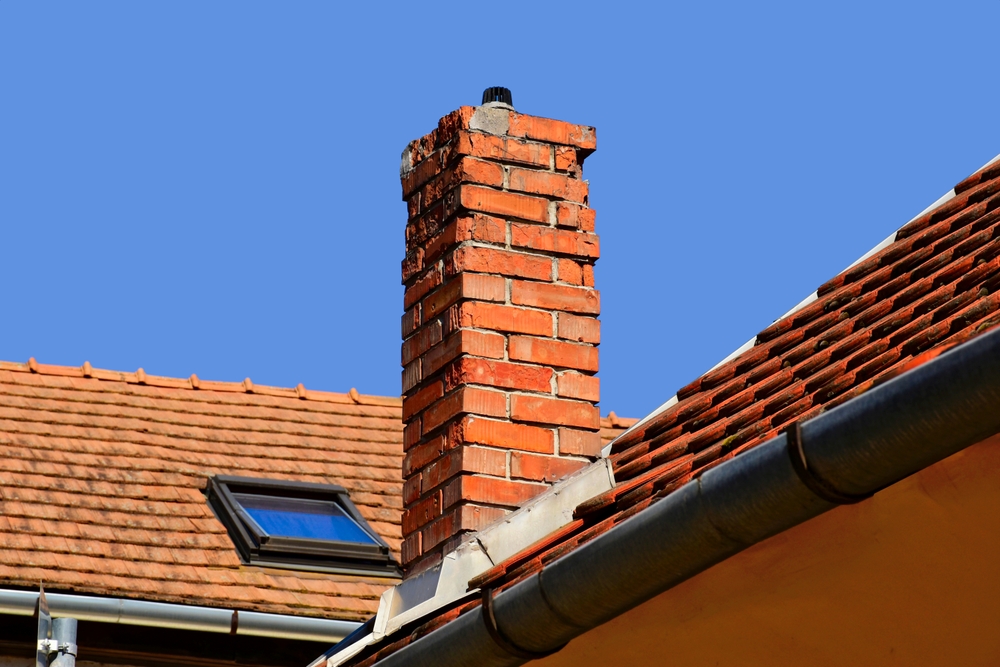
External renovations, such as roofing, siding, or landscaping, can be delayed by bad weather. Rain, snow, or extreme temperatures can prevent work from continuing, pushing your project past the expected timeline. Extended delays not only increase labor costs but can also lead to higher costs for temporary housing, storage, or weatherproofing to protect unfinished work.
Changes in Material Prices

Material costs can fluctuate due to supply chain issues, seasonal demand, or inflation. If your renovation is long-term or requires specific, high-quality materials, the price may increase by the time you’re ready to purchase. Budgeting a buffer for these potential price hikes can help avoid sticker shock when it comes time to buy materials.
Discovering Non-Standard Construction

Homes that were custom-built or modified by previous owners may have non-standard construction techniques or materials. This can complicate renovations, as custom sizes or unconventional methods may not align with modern building practices. You may need to order special parts or rework sections to accommodate these inconsistencies, driving up both labor and material costs.
Unexpected Permit Requirements
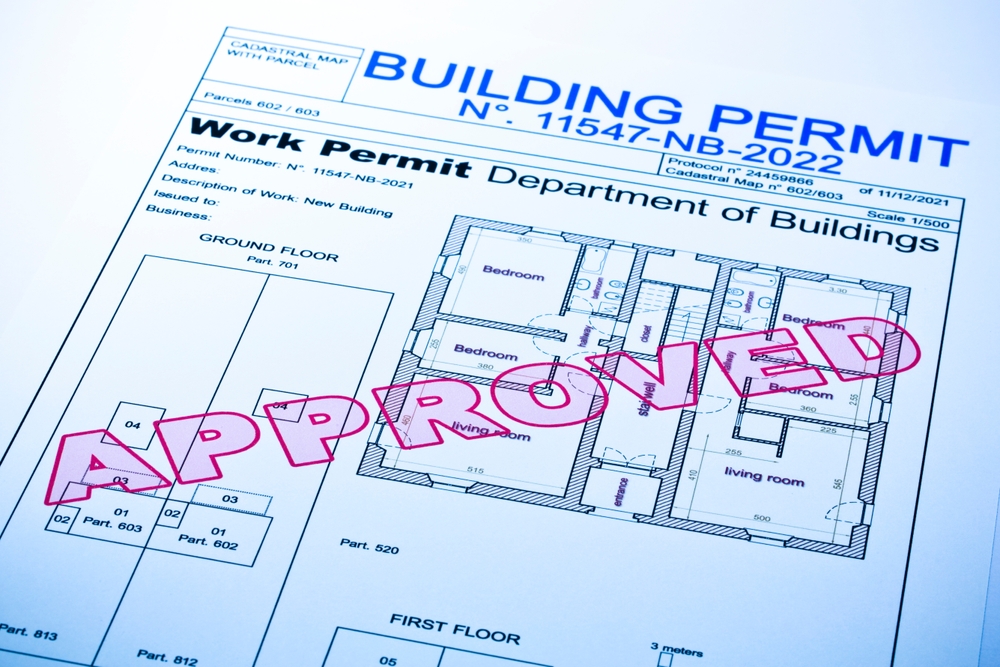
Certain renovations require permits, and failure to obtain them can result in fines or being forced to undo work. Depending on your local regulations, even small changes like adding a window or moving a plumbing fixture could require approval. The process of obtaining permits can be time-consuming and involve additional fees, inspections, and adjustments to meet local building codes.
Temporary Housing Needs
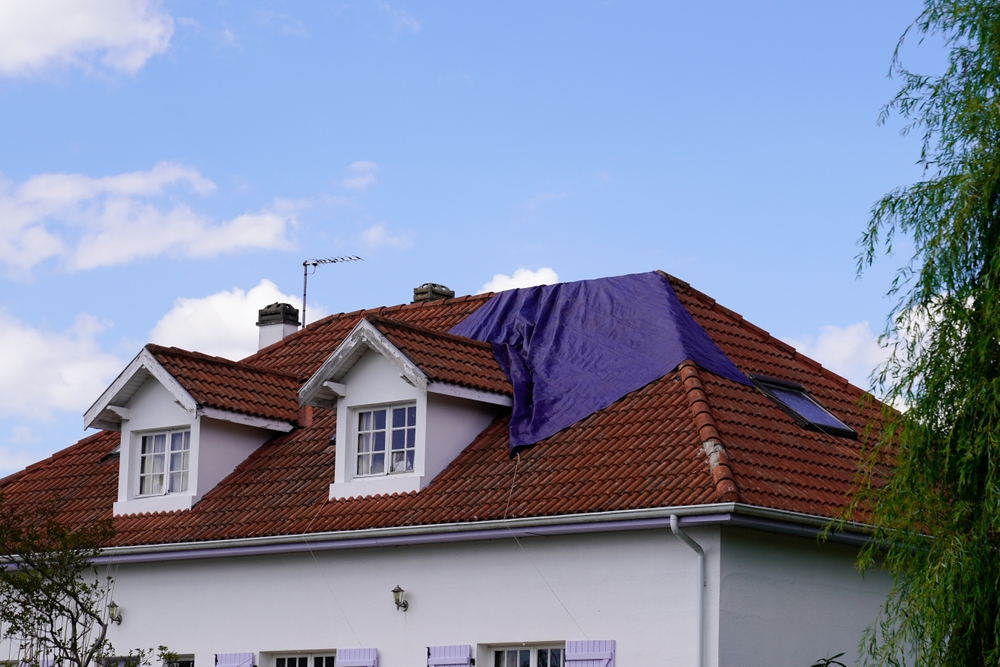
For large-scale renovations, such as kitchen remodels or major structural work, you may need to leave your home temporarily. The cost of renting an alternative living space, whether it’s a hotel, rental property, or staying with family, can quickly add up, especially if the project takes longer than expected. Be sure to factor in these potential living expenses when planning your renovation budget.
Outdated Insulation
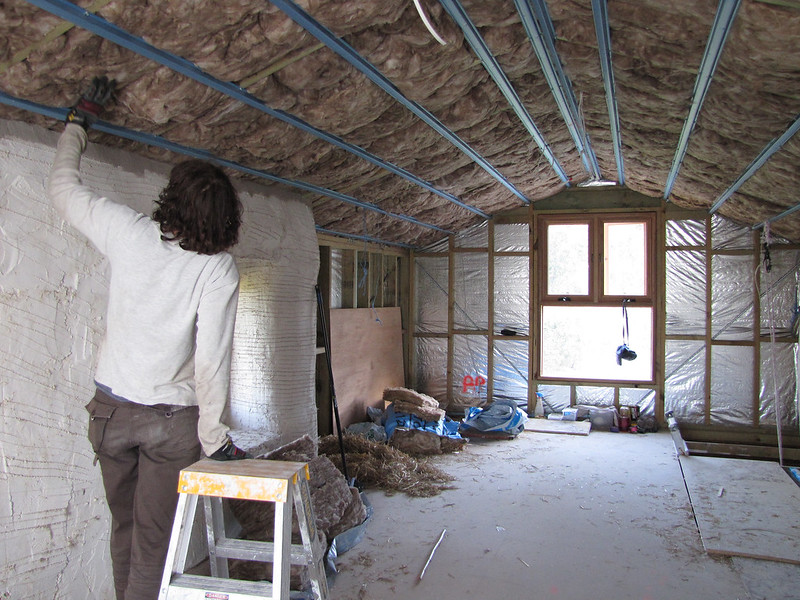
Many older homes have inadequate or outdated insulation, leading to poor energy efficiency. If your renovation involves opening walls or attics, you may discover a need to replace or upgrade the insulation. New insulation can significantly improve energy savings in the long term but represents an added upfront cost in terms of both materials and installation labor.
Poor Soil Conditions

If your renovation involves an addition or foundation work, poor soil conditions can lead to unexpected costs. Unstable, rocky, or waterlogged soil may require additional engineering, excavation, or special materials to create a solid foundation. In some cases, soil testing may be needed, adding another layer of expense and complexity to the project.
Custom Work Delays

Custom-made items, such as cabinets, windows, or fixtures, often come with longer lead times and higher costs. If you’re relying on custom work for your renovation, delays in manufacturing or delivery can push back your project timeline. Rushing custom work or opting for lower-quality alternatives can lead to future repairs, further adding to costs.
Appliance and Fixture Upgrades
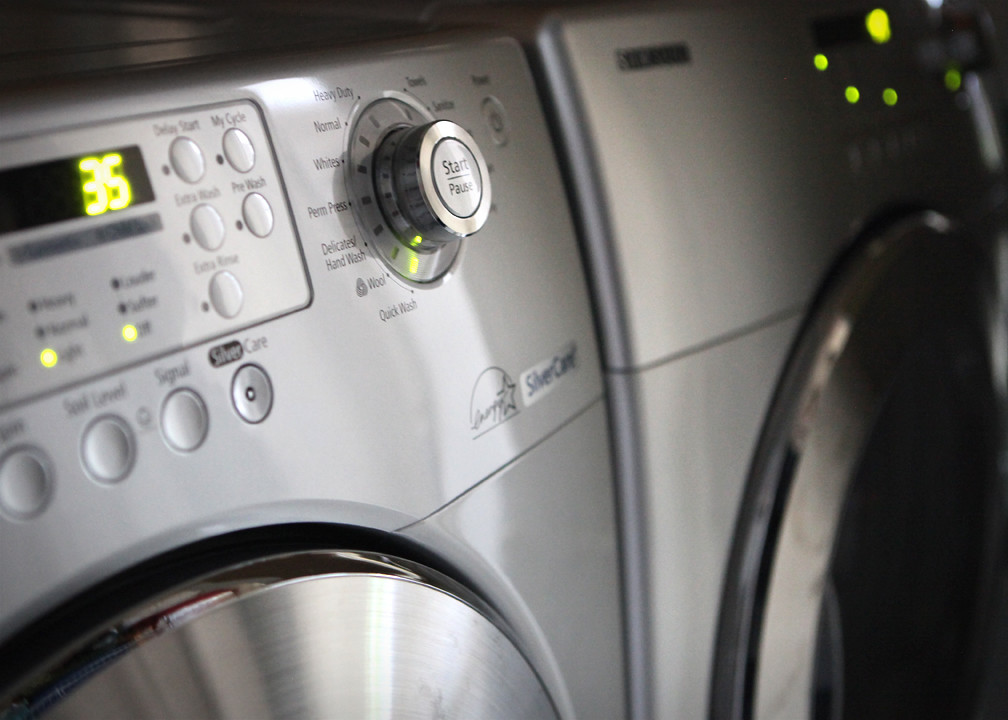
During a renovation, it’s easy to fall into the trap of upgrading appliances, fixtures, or finishes beyond what you initially planned. While upgrading can improve your home’s long-term value, these small decisions can add up quickly. It’s important to stick to your budget and avoid impulse upgrades that could balloon your renovation costs.
Project Scope Creep
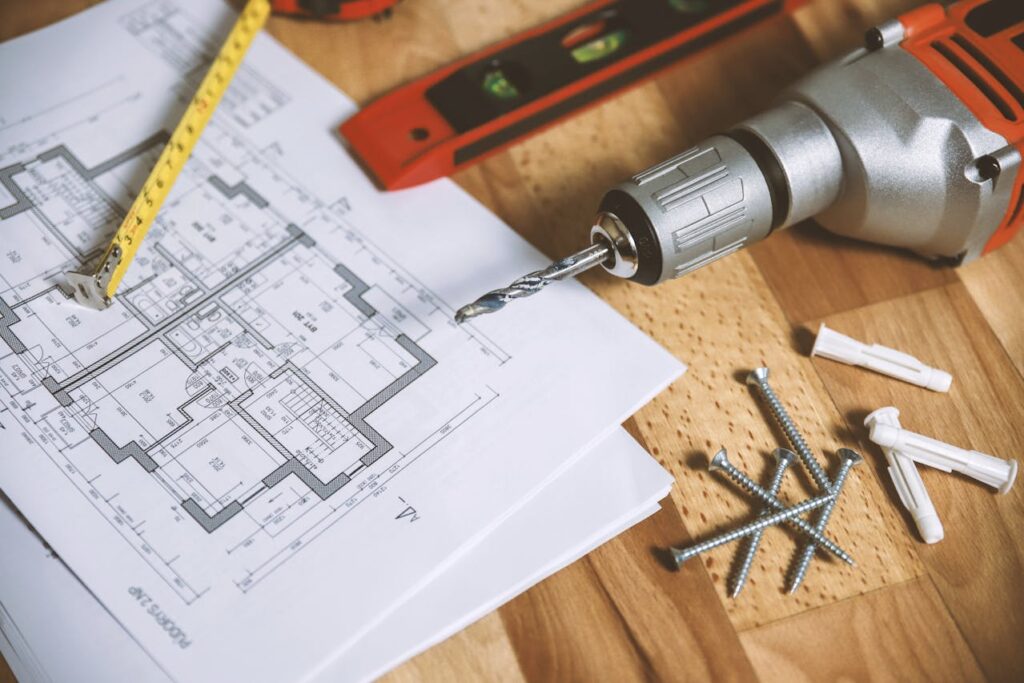
As you move through the renovation process, it can be tempting to add new elements to your project, such as upgrading finishes or expanding the original plan. However, even small changes can lead to significant cost increases, especially if they require reworking completed sections. Keeping your project scope in check and resisting the urge to add extras can help you stay within budget.
This article originally appeared on UnifyCosmos.
More from UnifyCosmos
15 Fascinating Details Behind the Design of the Eiffel Tower

Built for the 1889 World’s Fair in Paris, the tower has since become a symbol of French engineering and innovation. Discover these fascinating facts about the design of this architectural marvel. Read more!
20 Effective Communication Strategies for Couples

By implementing these effective communication strategies, couples can build trust, resolve conflicts, and deepen their connection. Read more!
20 Common Misconceptions About Fitness and Exercise

It’s crucial to separate fact from fiction so you can get the most out of your workouts and reach your goals effectively. Let’s clear up some of the most common misconceptions about exercise that might be holding you back. Read more!
Leave a Reply